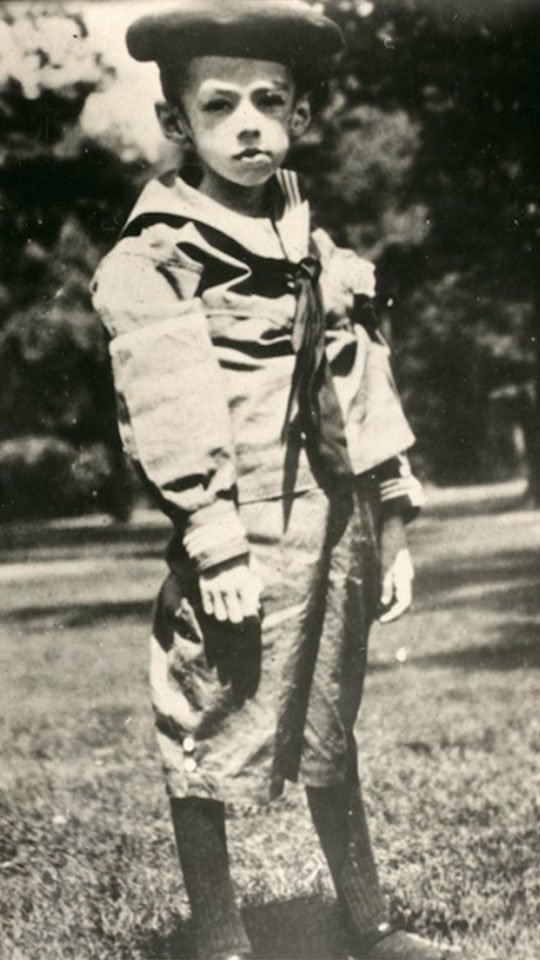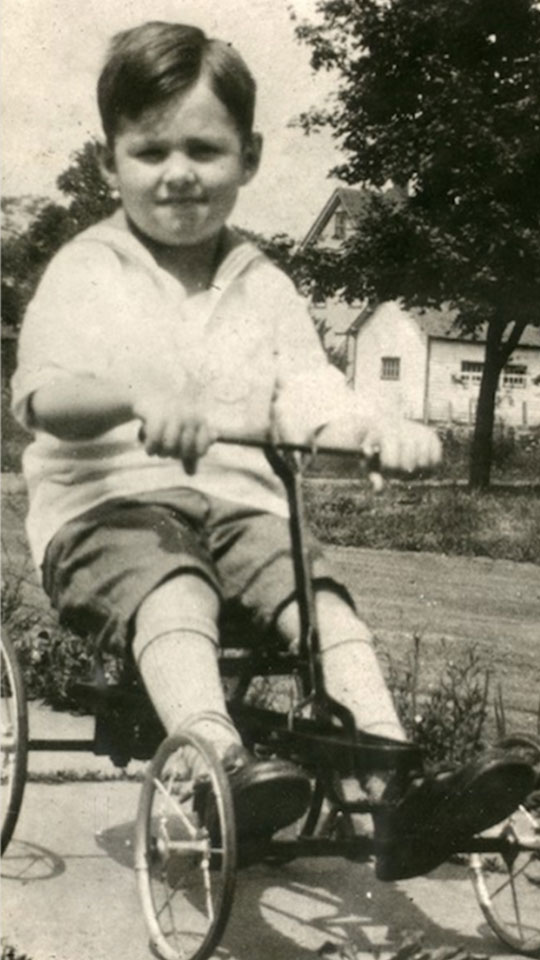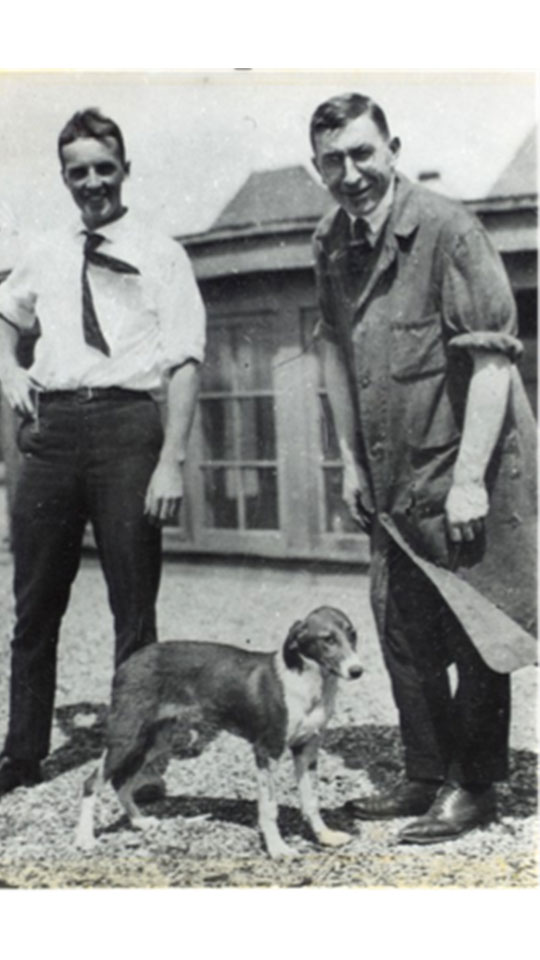Undergraduate Hope Eggett to present her research on Capitol Hill
 Hope Eggett was born in Logan, went to high school in Ogden, and has been a student at USU since 2015. A dual major in Anthropology and History, she’ll graduate in May and plans to take a gap year to work in public history. Next fall she plans on applying to PhD programs in history with a focus on the social history of medicine.
Hope Eggett was born in Logan, went to high school in Ogden, and has been a student at USU since 2015. A dual major in Anthropology and History, she’ll graduate in May and plans to take a gap year to work in public history. Next fall she plans on applying to PhD programs in history with a focus on the social history of medicine.
When did you first become interested in history, and why did you decide to study it as an undergraduate?
I had some fantastic experiences in high school history classes, where I quickly realized I loved how simultaneously foreign and similar the past is to today. History is the narrative of the human experience, and I loved learning more about how people in the past dealt with challenges and how they developed new ideas that have created the world we live in today. History is very relevant! From there, it was a very natural choice to pursue what I loved to do here at USU.
I know your application for Research on Capitol Hill was recently accepted and you will be presenting your work in Salt Lake City on Feb. 18. Congratulations! Can you describe your research and explain how you arrived at this topic?
My research for ROCH is called “Bad Blood: Diabetes and the Eugenics Movement.” This project started as a paper in HIST 3910: Health, Disease, and Medicine in North America. I focused on the invention of insulin in 1921 and how that changed the lives of diabetics, which I was especially interested in as a Type 1 Diabetic.
Teddy Ryder was one of the earliest patients to receive insulin. He became diabetic at age 4 and was put on a starvation diet. The first image on the left, taken on Oct. 7, 1922, when Teddy was six years old, shows him at 22 pounds and near death. The second image, taken a year later on Oct. 7, 1923, after he started insulin treatment, shows him at 45 pounds. Insulin saved his life; he lived into his nineties.


While researching the profound impact of insulin—which took diabetes from a death sentence to a chronic illness—I realized that this transformation coincided with the eugenics movement in the United States. I found that eugenicists used diabetes as an example of “unfit” genes, and quickly became concerned that insulin was allowing diabetics to grow up and pass along their genes. However, after insulin had been around for about a decade, eugenicists stopped worrying about diabetes as diabetics became more mainstream, while at the same time they doubled down on race and intellectual disabilities as supposed social “problems” before the Second World War. My biggest takeaway from this topic was the reminder that medical science is very grounded in the culture of its practitioners, and it can be used to justify any cause.
Why does it seem important to share this research on Capitol Hill? What do you hope will come of sharing your work with a broader audience?
When talking to people about my research, they generally have no idea that the eugenics movement even happened, let alone that sterilization legislation was passed in many states, including Utah. It can be really uncomfortable to talk about, but I think it’s important to learn from history. Eugenics should never be repeated, and it’s an important backdrop to consider laws and public opinion about healthcare, ableism, and racism.
What’s next for this project? Do you plan to do any further research on the topic?
Yes! I’m expanding this project for my Honors capstone project this semester. I’m looking into the legacy of the eugenics movement, and how eugenic ideas have lingered over the past decades. The original research I did only covers until 1940. I’ve also applied to take this project to a symposium at Johns Hopkins University, and I’ll be presenting at Student Research Symposium and the Phi Alpha Theta Regional Conference this spring.
 Charles Best (left) and Frederick Banting (right), the inventors of insulin, with one of their experimental dogs.
Charles Best (left) and Frederick Banting (right), the inventors of insulin, with one of their experimental dogs.


 Hope Eggett was born in Logan, went to high school in Ogden, and has been a student at USU since 2015. A dual major in Anthropology and History, she’ll graduate in May and plans to take a gap year to work in public history. Next fall she plans on applying to PhD programs in history with a focus on the social history of medicine.
Hope Eggett was born in Logan, went to high school in Ogden, and has been a student at USU since 2015. A dual major in Anthropology and History, she’ll graduate in May and plans to take a gap year to work in public history. Next fall she plans on applying to PhD programs in history with a focus on the social history of medicine.

 Charles Best (left) and Frederick Banting (right), the inventors of insulin, with one of their experimental dogs.
Charles Best (left) and Frederick Banting (right), the inventors of insulin, with one of their experimental dogs. 
